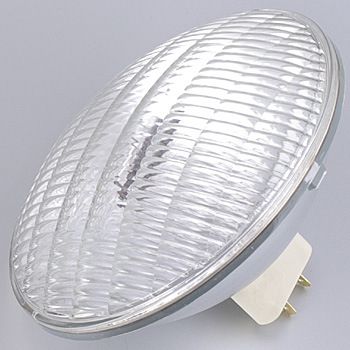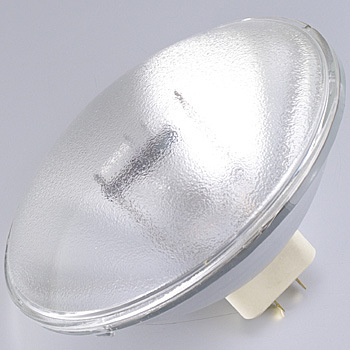I'm an extreme rookie and in charge of setting up a show for our jazz festival. One of the performer's stage plot calls for :
6 x 10 Par64 CP 52 MFL
6 x 10 Par64 CP 61 NSP
I understand the Par 64 part, but the CP.... Can sombody help me out?
Thanks
6 x 10 Par64 CP 52 MFL
6 x 10 Par64 CP 61 NSP
I understand the Par 64 part, but the CP.... Can sombody help me out?
Thanks




